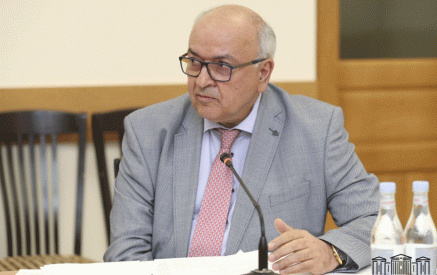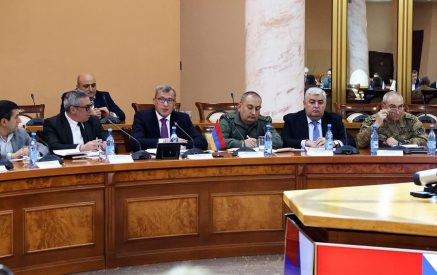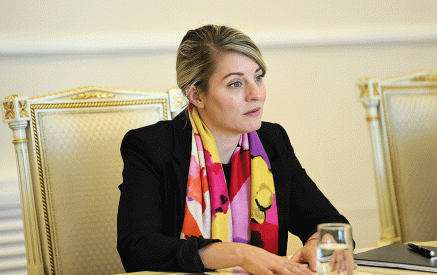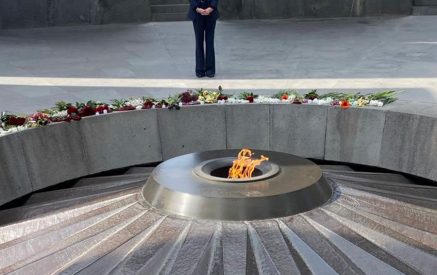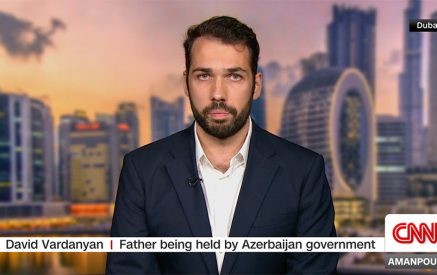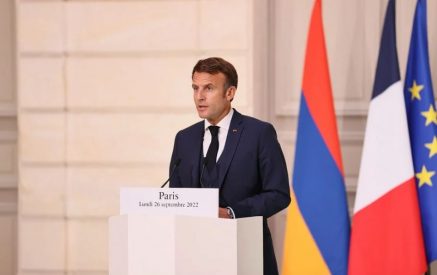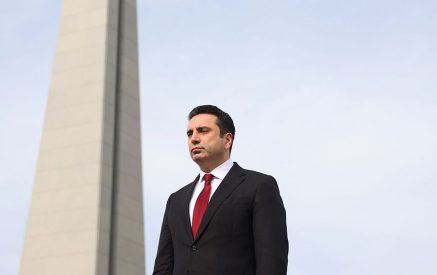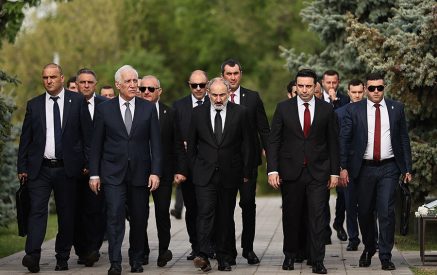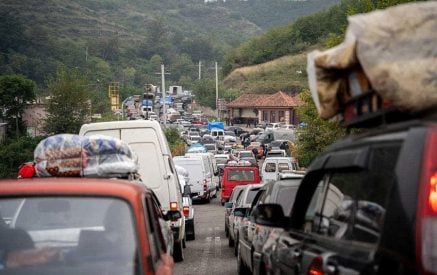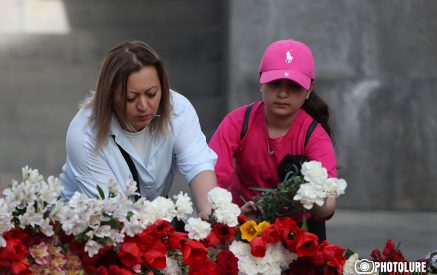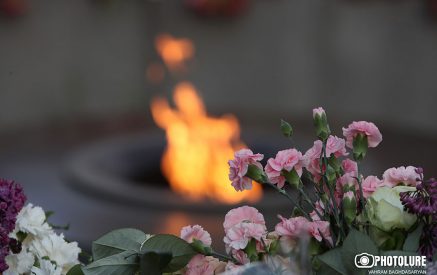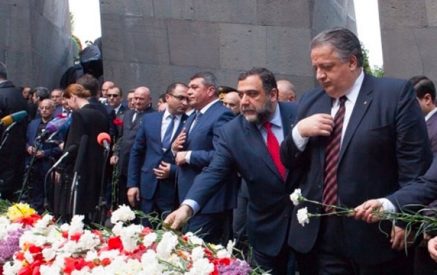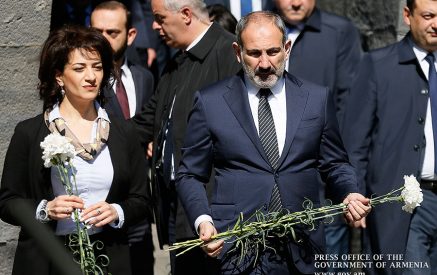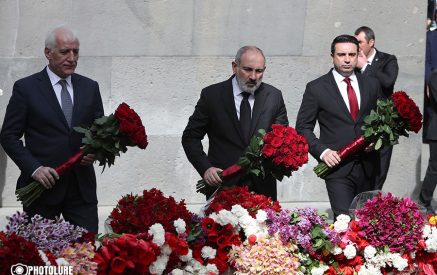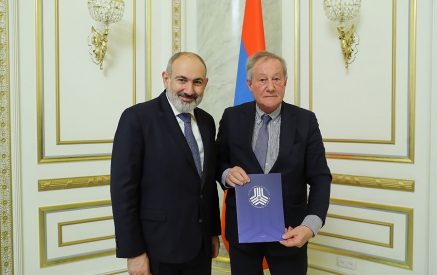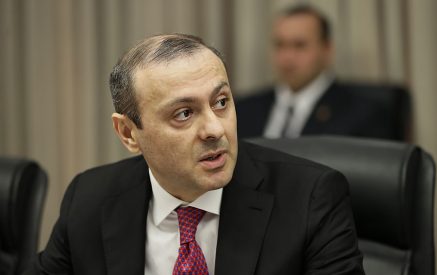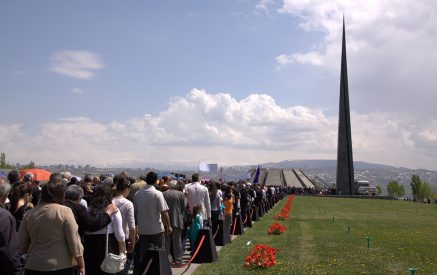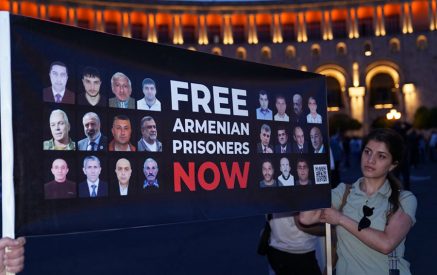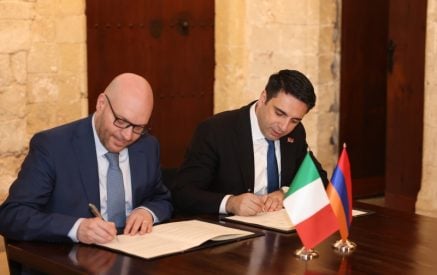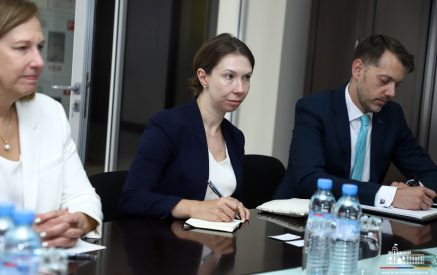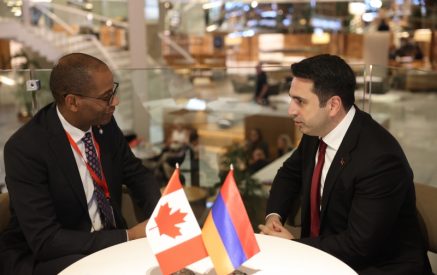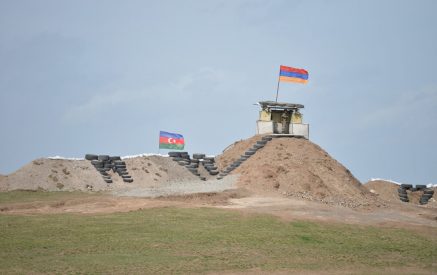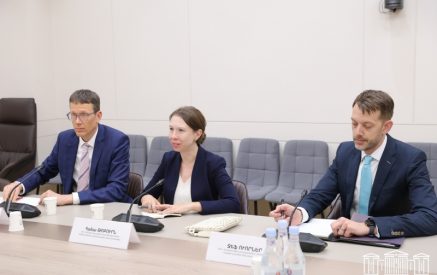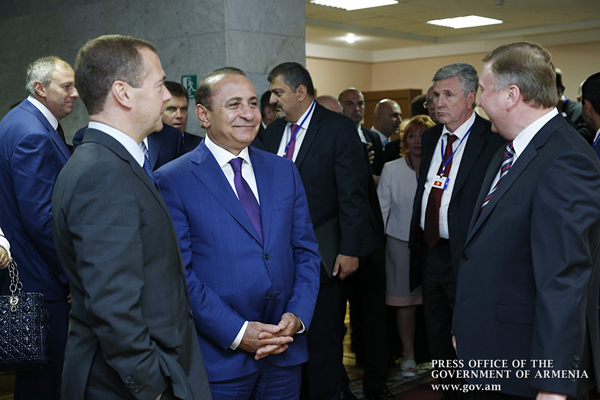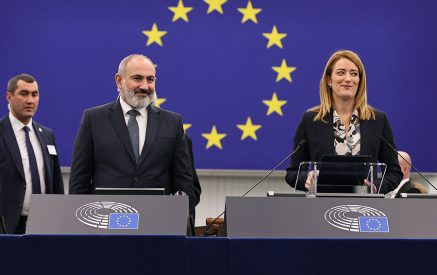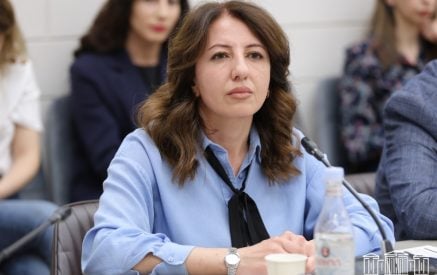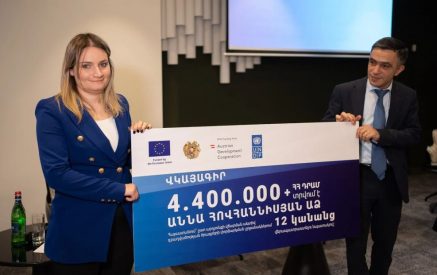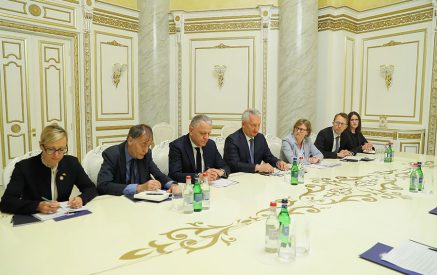On September 7-8, 2015, at the Council session of the leader of EaEU governments hosted in the city of Grodno, Belorussia, Prime Minister of Armenia, Hovik Abrahamyan, made a proposal regarding the implementation of mutual calculations by the national currencies in the EaEU countries and using the rubles in the trade of strategic goods. The point is not about the use of a common currency within the EaEU but about doing transactions with rubles for just interstate trade transactions, particularly for strategic commodities: gas, oil and other energy carriers. By some calculations, as a result of trade of energy carries with rubles, Armenia can save one billion dollars per year.
Later, in October, during the Committee session at the President of the Russian Federation on strategy and ecological security for the development of fuel energy held in the Kremlin, which was presided by Russian President Vladimir Putin, it was discussed the adaptation of the Russian fuel carrier complex to the new economic conditions, as well as the prospects of a number of investment projects and issues related to the reduction of dependence on the import of equipment in this industry. Putin considered the “use of foreign currency” unacceptable in Russian fuel and energy sector and instructed to stop such practices.
To the question of Aravot.am about the results in this regard, the member of the EaEU Board of Ministers, Tatyana Valovaya said that the issue iswas in the process of examining. During the last meeting of the EaEU prime ministers, specific proposals were also made. “I hope that this process will move forward gradually,” said Mrs. Valovaya, so far refraining from presenting more details. Incidentally, the common currency issue is not yet discussed at the EaEU. “The time for it has not come yet,” said Tatiana Valovaya. She considers the creation of a common financial market very ambitious but also highly important. She says that the question is approached cautiously and carefully. These days, several journalists from Armenia are in the Russian capital Moscow under the “New Vision” project in cooperation with the media.
Mrs. Valovaya describes the activities of the Eurasian Economic Union positive, meaning the complex economic situations of its member countries in recent years and the negative trends of global economic developments. Although the trade turnover with the external world has been reduced in 2015, it has also reduced between the EaEU member states by 25% but according to the speaker, it is one-third less than the decline in trade turnover with the external world. Physically, the commodity turnover within the EaEU has not been reduced, in some areas although very small but there is also growth. The drop has been observed as a result of a decrease in energy prices. A stable growth with some positive paces has been observed in the field of production cooperation.
Read also
Mrs. Valovaya also presented some remarkable statistical figures. Accordingly, in late 2014 and 2015, Armenia’s trade turnover with the EaEU member states has been decreased by about 27 percent but the trade turnover of other CIS states with of the EaEU member countries has been further increased. “But if we view this turnover by commodity groups, then the figures are fantastic. For example, the supply of textile products to the EaEU member states has been increased by 13%, the dairy products – by 2,5 times, fruit-vegetables and tobacco – two times, pharmaceutical products and furniture – by 50 percent. All this is compared to the paces of the economic growth in Armenia. These are not the results of resale. The growth of Armenia’s agricultural product amounts to 11 percent, production of tobacco – 50 percent, clothes – 17 percent, pharmaceutical products – 25 percent, furniture production – 41 percent. In other words, the productions that have started to work in the first year endured such crazy results,” said Mrs. Valovaya.
Incidentally, an economic downturn was registered in 2015 in the EaEU member states, except Armenia. Armenia’s economic growth registered three percent. Mrs. Valovaya connects it with Armenia’s accession to the Eurasian Economic Union, “There may be a criticism which is absolutely fair, but it is obvious that there is an economic effect, and this is proven by the statistics. Integration should be developed, otherwise, the initial effects will not increase. We must develop pharmaceuticals, energy and oil products general markets.” In the first quarter of 2016, total drop in turnover within the EaEU amounted to 16 percent, Belarus – 10%, Kazakhstan – 20%, Russia – 18% while Armenia’s exports have been increased by two times compared with the same period last year. The export from Armenia to Belarus is increased by 2.4 times by one million dollars. Belarus is a “non-traditional” market for Armenia.
Nelly GRIGORYAN











